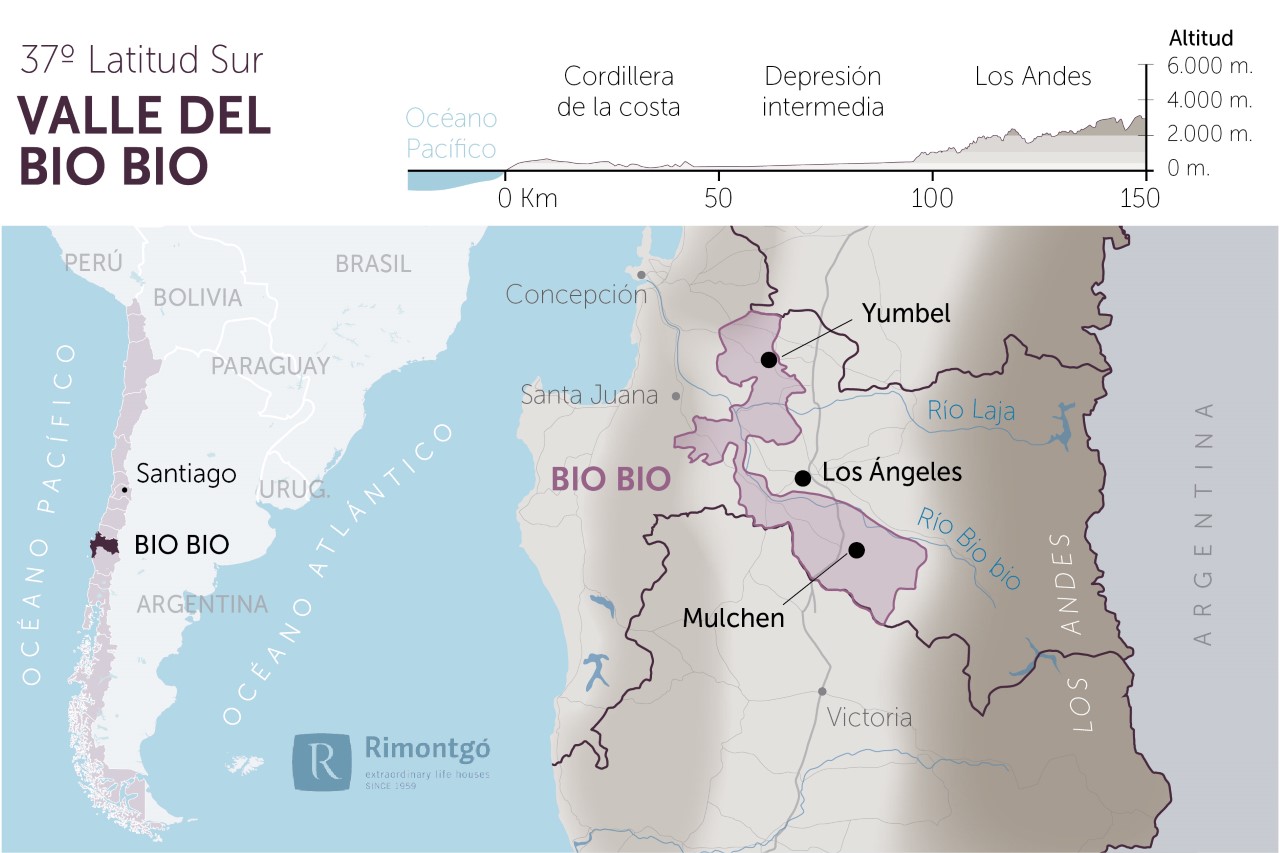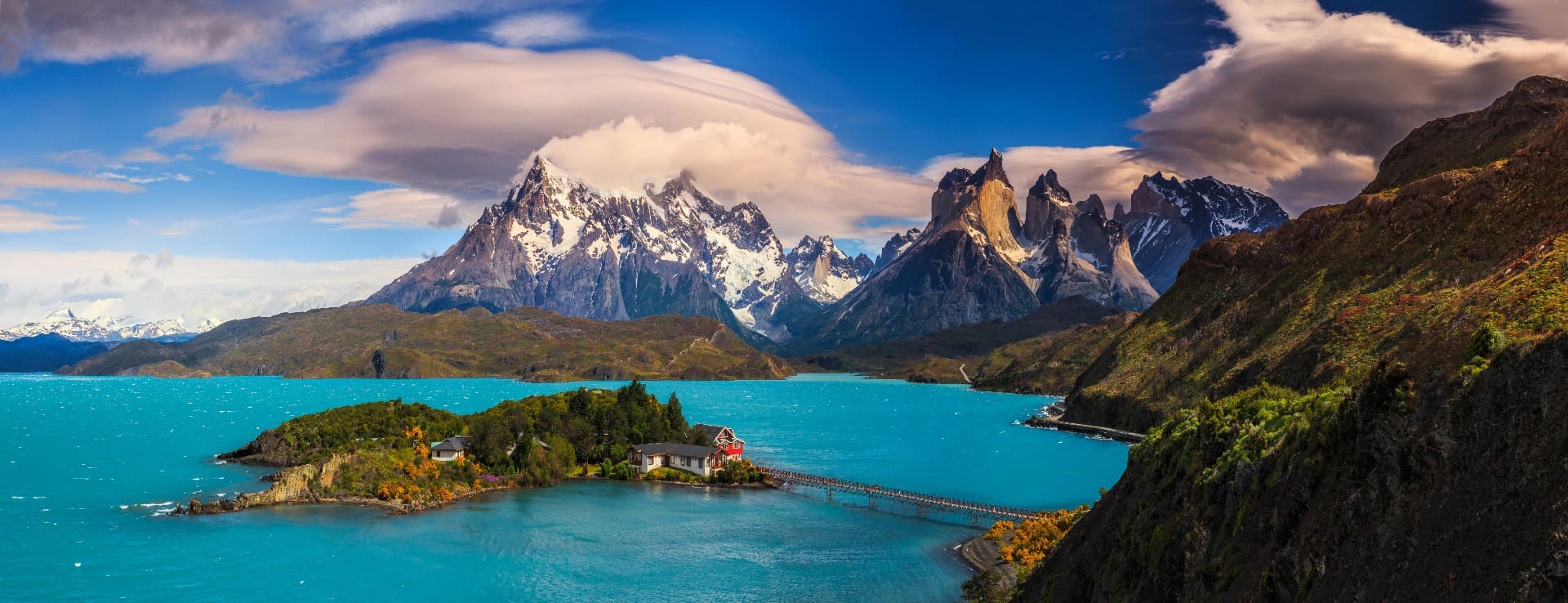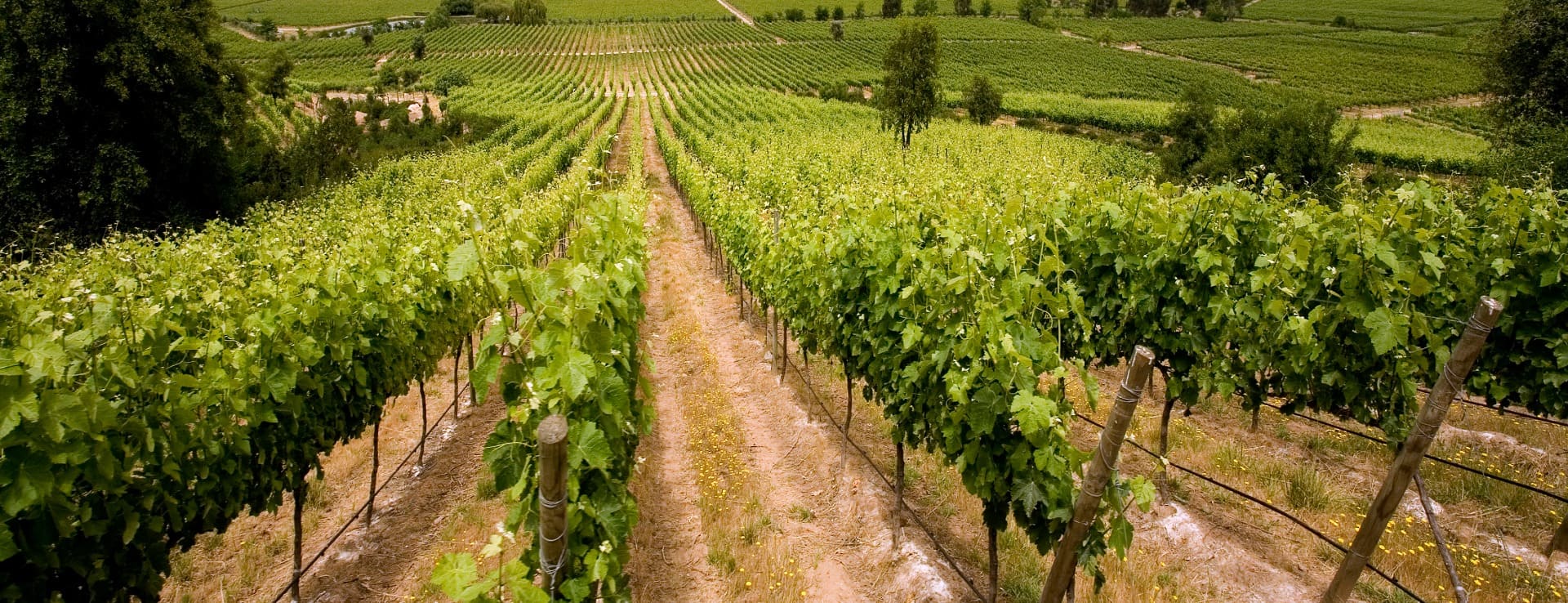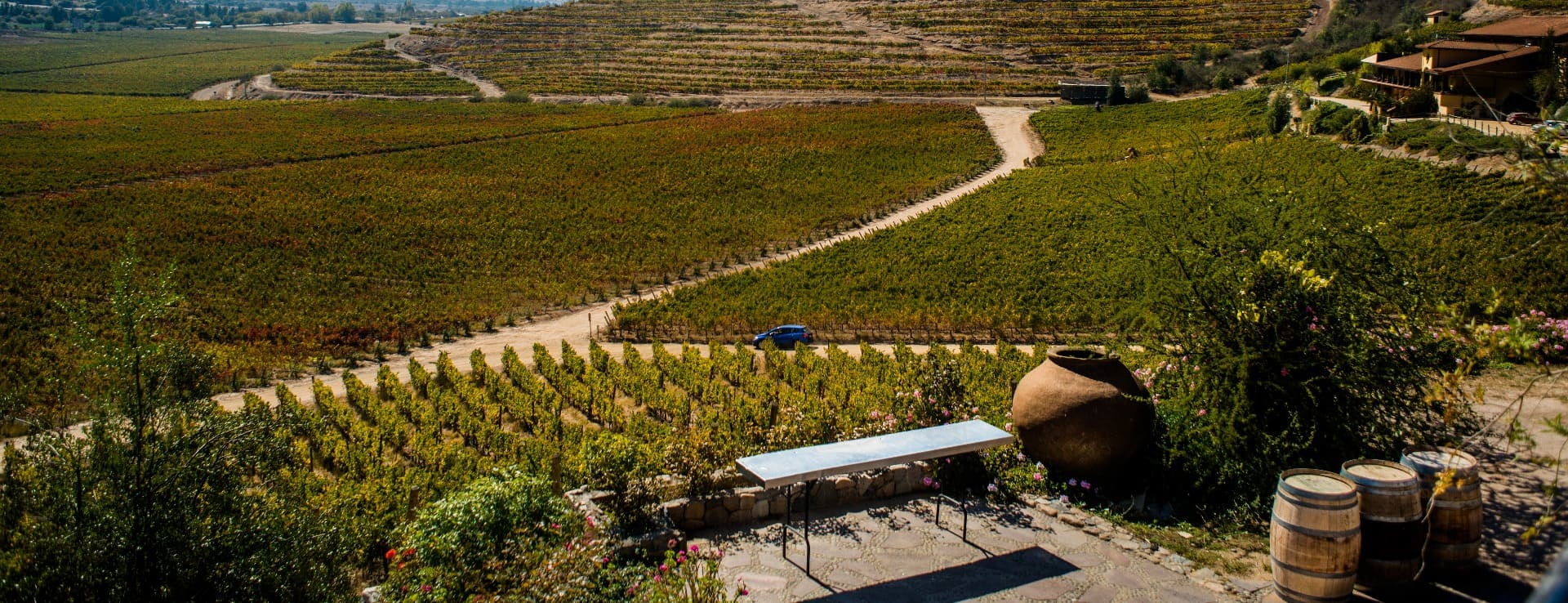Find your winery or vineyard
Infographic of the Region

Organic wine culture in Biobío
The Biobío region is geographically located in the centre of Chile. This Chilean region has access to the sea, as it borders to the west with the Pacific Ocean, to the north with the Ñuble region and to the south with the La Araucanía region whilst to the east shares border with the Republic of Argentina. The capital of this region is the city of Concepción. Biobío with a territory under 23,900 km2, it is the second most populated region Chile with more than 1,8 of inhabitants. The population percentage living in cities is over 80%. These cities are mostly located in coastal enclaves. It is necessary to point out that in 2018 it was implemented the decree promulgated by the Chilean government under the leadership of Michelle Bachelet, for which the former Ñuble province that until that moment was part of this region, was divided in order to become an own region. The Biobío region is divided administratively and politically into three provinces: the homonymous province in which is found the designation of origin Valle del Biobío, the province of Concepción and the province of Araújo.
The weather in the Biobío region is Mediterranean although in its southernmost part this climate is modified towards the oceanic with higher rainfall. This region is the cradle of Chilean wine culture with the entry of vitis vinifera (the common grape vine) in the country in 1548 by the priest Francisco de Carabantes in the bay of Talcahuano, near the city of Concepción, between Itata and Biobío.
As it happens with the rest of Chile, wine culture in this region is as environmentally friendly as possible; this is a consequence of enjoying excellent weather conditions. Therefore, some wineries in Biobío opt for the production of a wide variety of organic wines of high-quality.
On the other hand, the so-called Central Valley is the is the widest strip of land in the region, and the one with the greatest water resources thanks to the passage of the Biobío River, which allows for agricultural activity, livestock farming and the transformation into energy by means of different hydroelectric power stations. The vineyards, which extend along the coast and between mountain ranges, are 50% white varieties and 50% red varieties.
As it is a coastal region, since it borders the Pacific Ocean, fishing activity, together with the exploitation of forest resources (mainly eucalyptus and radiata pine varieties), are two major parameters by which the economy of the Biobío region is measured. In the second term, there are other activities such as agriculture and, consequently, wine production, as well as other types of industry such as the transformation of electrical energy and services. The coastal city of Talcahuano is one of the industrial references of the region, since a military port, refineries and shipyards are concentrated there, as well as different steel factories. The forest industry derives in the activity of different sawmills and factories aimed at obtaining cellulose and paper.
The Biobío region is the most industrialised in the whole country, an aspect that results into the rise of service companies located in the capital, Concepción. This city enjoys an important history, since after being founded in 1550 by the Spanish Pedro de Valdivia, it became the capital of the Kingdom of Chile between 1565 and 1573. One of the most important places in this city is the Plaza de la Independencia (the Independence Square) where on January 1, 1818, Bernardo O'Higgins made the Chilean Declaration of Independence.
With regards to culture and education it is worth mentioning the presence of four universities in the city, a fact that gives an idea of the importance of this city nowadays, only comparable to other large Chilean cities such as Valparaíso or its capital, Santiago.
Among the most important places which attract a larger affluence of tourists are found the municipalities close to the coast and visited thanks to their beaches and ski resorts during the coldest months that attract winter sports lovers from different Chilean regions.
Provinces
Discover more wineries and vineyards for sale in these wine regions in Chile
Subscribe to our mailing list to receive news about wineries and vineyards.






